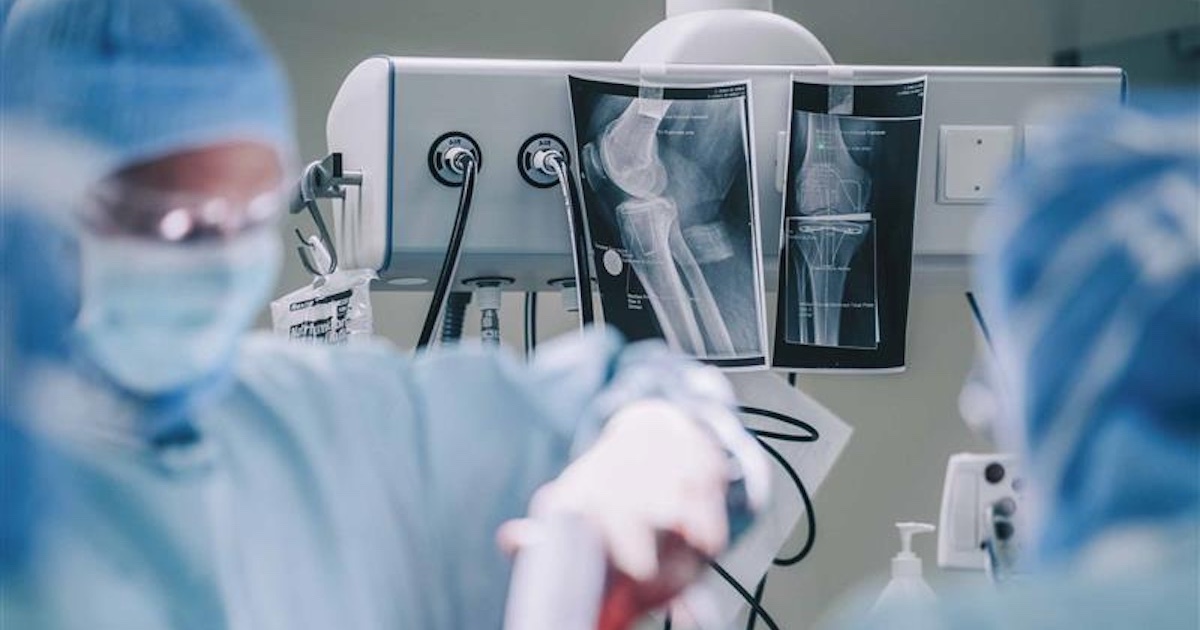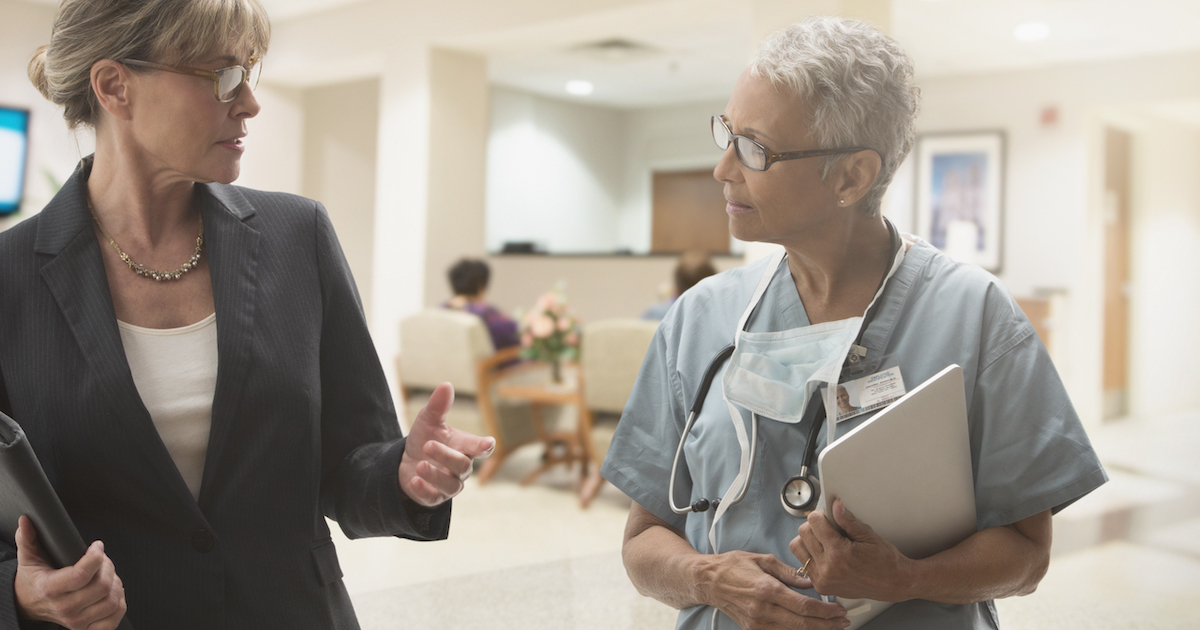Call it caring for a captive audience – prison inmates.
Public safety is one obvious benefit of telemedicine expansion plans that include prisons. Inmates no longer have to be taken out of a facility and transported on public roads for hundreds of miles to a medical clinic. And there are benefits to staying in place for the prison population itself.
With new funding from the state, the Louisiana Department of Corrections (DOC) plans to triple its use of telemedicine as a primary healthcare delivery system from 5,000 video encounters to 15,000.
The increased budget will allow the DOC to train doctors and facilitators, buy additional video equipment and medical devices used in telemedicine and open nine additional on-site clinics.
Managing the healthcare needs of 50,000 inmates located in remote rural areas of the state is difficult under the best of circumstances, but when Hurricane Katrina struck in 2005 it only got harder. Now, the DOC is looking to expand its fledgling telemedicine experiment.
Up until now, to be under the care of a medical specialist a prisoner had to board the prison bus at 4 a.m for a four-hour, 150-mile ride to the nearest healthcare facility. During that time their hands and feet were shackled, and upon arrival they were unable to return until the other 100 or more inmates also in need of a specialist were finished with their examinations.
[See also: mHealth — what's the hold up?]
For the DOC, telemedicine could reduce transportation costs measured in mileage and personnel hours away from the facility. By consulting with the specialist and deciding which patients need a face-to-face visit and which patients don’t, the primary care physician can triage the number of inmates to be sent out. If, for example, there are 25 patients who, in the primary care physician's estimation, may need the care of a cardiologist, that specialist can examine them by video to determine which needed to be transported for in-person visits.
Not unlike the concept of the Medical Home being used by the Veterans Administration, Louisiana’s telemedicine program offers a coordinated approach to healthcare that includes the primary care physicians, specialists, caregivers and patients. All parties involved have the opportunity to exchange information, thus reducing visits to the emergency room and duplicate medical tests.
While not there yet, the goal of the DOC is to offer 24/7 care to all patients through the use of telemedicine, according to Raman Singh, MD, medical mental health director at the Louisiana Department of Corrections.
Singh sees telemedicine as a low-cost option to control chronic care. He said the biggest payers, like Blue Cross, are already starting telemedicine operations of their own, which could save them millions of dollars.
There are hurdles to overcome, Singh said, both technical and administrative. Maintaining enough bandwidth in rural locations for video and audio quality is always a challenge, and there is the need to incorporate medical information, structured and unstructured, gathered from a telemedicine visit into the EHR. In addition, there are cultural challenges, such as getting the buy-in from an older staff that may be more comfortable with a hands-on examination.
[See also: When ACOs, mHealth and telemed all converge.]
Where is telemedicine going inside and outside prison walls? According to Daniel Ruppar, Frost and Sullivan's connected health global research director, we will see new devices used as a direct inroad for telemedicine at home. He expects to see the next generation of game consoles like the PS4 and Xbox capable of enabling at-home encounters with healthcare providers. And if you don’t have a game console, how about kiosks in a retail setting?
Perhaps the biggest challenge – and one that no one wants to talk about – is the rise of third-party telemedicine service providers. With the lure of money to be made, there will be good and bad service providers, and no institution, correctional or otherwise, can afford to relinquish their obligation to monitor the quality of care being provided no matter who is delivering it.
But the benefits of better healthcare for more people at a lower cost certainly outweigh the risks.
Along with the VA, the Louisiana DOC is one of the early pioneers in delivering telehealth care to a large-scale population. And as the Louisiana DOC hones its expertise it's certain to become a model for private and public institutions alike.
Ephraim Schwartz is a freelance writer based in Burlington, Vt. Schwartz is a recognized mobile expert and columnist, having spent 15 years as editor-at-large for InfoWorld, half of them covering the mobile space. Prior to that, he was editor-in-chief of Laptop Magazine.
Related:
Like credit monitoring for PHI
How telemed will ease the coming physician shortage


